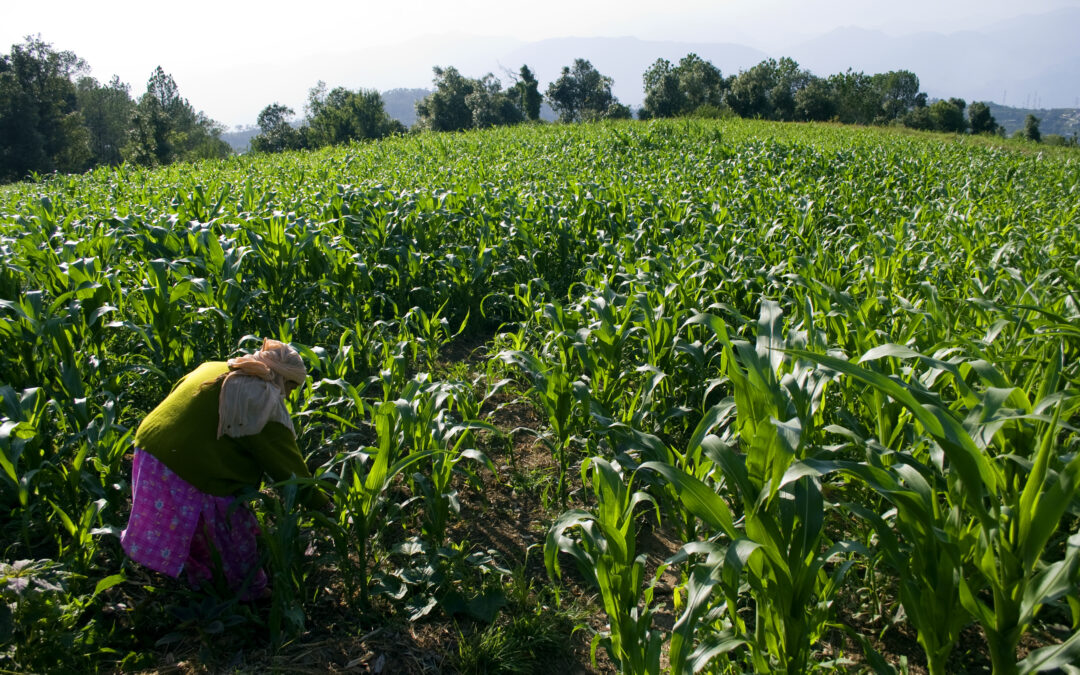In an era of unpredictable weather patterns and climate change, farmers worldwide are facing unprecedented challenges. From unexpected droughts to extreme rainfall and temperature fluctuations, agricultural operations must adapt to ever-changing conditions to ensure productivity and sustainability. In this blog post, we delve into the concept of weather-adaptive farming and explore practical strategies for navigating the complexities of shifting weather patterns.
Understanding Weather-Adaptive Farming
Weather-adaptive farming, also known as climate-resilient agriculture, focuses on implementing practices and technologies that mitigate the impacts of changing weather conditions on agricultural production. It involves a proactive approach to farming, where farmers anticipate and respond to weather-related risks, such as water scarcity, soil erosion, pests, and diseases. By integrating weather forecasts, climate data, and adaptive management techniques, farmers can optimize resource use, minimize losses, and maintain productivity even in the face of uncertainty.
Key Strategies for Weather-Adaptive Farming
- Diversification: Embracing crop diversity is a fundamental aspect of weather-adaptive farming. Planting a variety of crops with different growth cycles and tolerance to environmental stressors reduces the risk of crop failure and enhances resilience to changing weather conditions. Crop rotation, intercropping, and polyculture systems can help stabilize yields and improve soil health, while also providing economic and ecological benefits.
- Water Management: Efficient water management is essential for weather-adaptive farming, particularly in regions prone to drought or erratic rainfall. Implementing techniques such as drip irrigation, rainwater harvesting, and soil moisture monitoring helps optimize water use and minimize losses. Investing in water-saving technologies and infrastructure, such as water-efficient irrigation systems and soil moisture sensors, can improve water efficiency and drought resilience on the farm.
- Soil Health: Healthy soils are the foundation of resilient agriculture. Weather-adaptive farming prioritizes soil conservation and restoration practices to enhance soil structure, fertility, and water retention capacity. Techniques such as cover cropping, minimal tillage, and organic matter addition improve soil health, mitigate erosion, and increase carbon sequestration, contributing to climate change mitigation and adaptation efforts.
- Pest and Disease Management: Changing weather patterns can influence the prevalence and distribution of pests and diseases in agricultural systems. Weather-adaptive farming employs integrated pest management (IPM) strategies that emphasize prevention, monitoring, and biological control methods to manage pest and disease pressures sustainably. By promoting natural enemies, enhancing crop resistance, and reducing pesticide reliance, farmers can minimize yield losses and environmental impacts while safeguarding crop health.
Implementing Weather-Adaptive Farming: A Case Study
To illustrate the principles of weather-adaptive farming in action, let’s consider a case study of a small-scale organic farm located in a semi-arid region experiencing increasingly unpredictable rainfall patterns. The farm adopts a holistic approach to weather adaptation, incorporating diverse cropping systems, water-saving technologies, soil conservation practices, and pest management strategies tailored to local conditions.
By diversifying crops and incorporating drought-tolerant varieties, the farm mitigates the risk of crop failure during dry spells while maximizing yields in favorable conditions. Rainwater harvesting ponds and drip irrigation systems help conserve water and ensure adequate moisture for crops, even during periods of water scarcity. Cover cropping and mulching techniques improve soil health and reduce soil erosion, while biological pest control methods minimize the need for synthetic pesticides, promoting ecological balance on the farm.
Conclusion: Embracing Resilience in Agriculture
As climate change continues to disrupt weather patterns and increase the frequency of extreme weather events, the need for weather-adaptive farming has never been more critical. By implementing proactive strategies that enhance resilience, farmers can mitigate risks, maintain productivity, and contribute to sustainable food production systems. Weather-adaptive farming represents a paradigm shift in agricultural management, one that acknowledges and responds to the challenges posed by a changing climate while harnessing the resilience and ingenuity of farmers worldwide.

